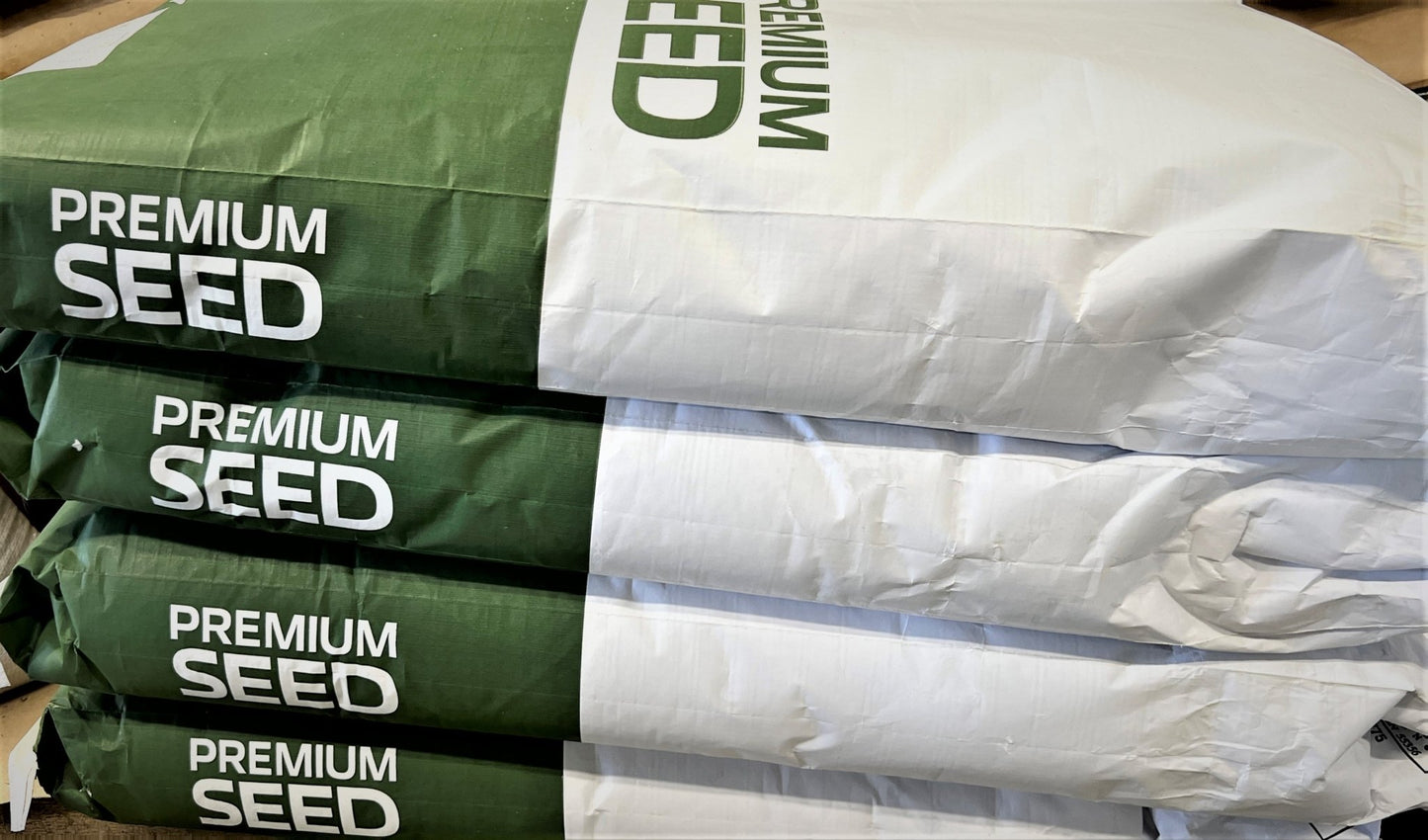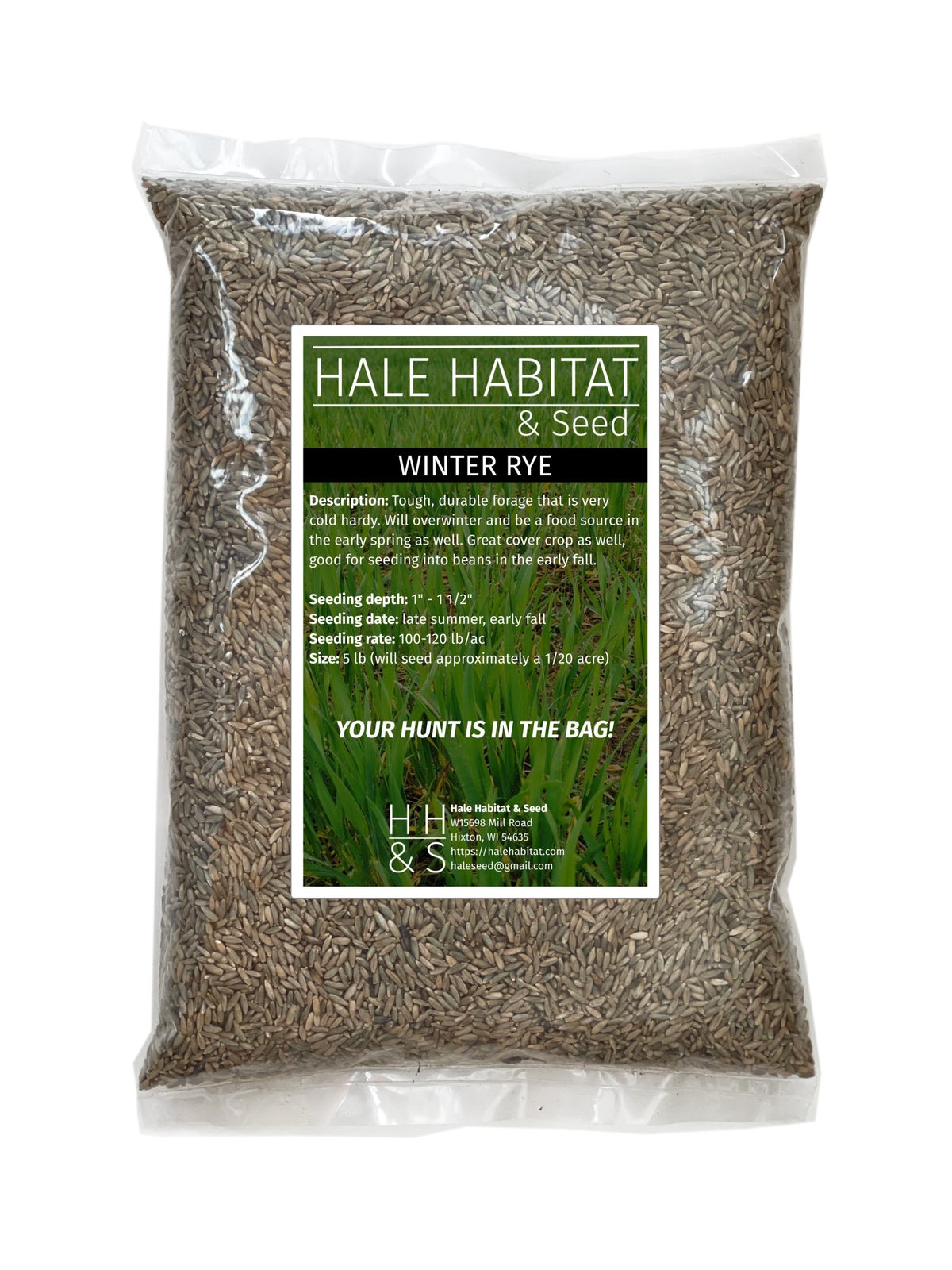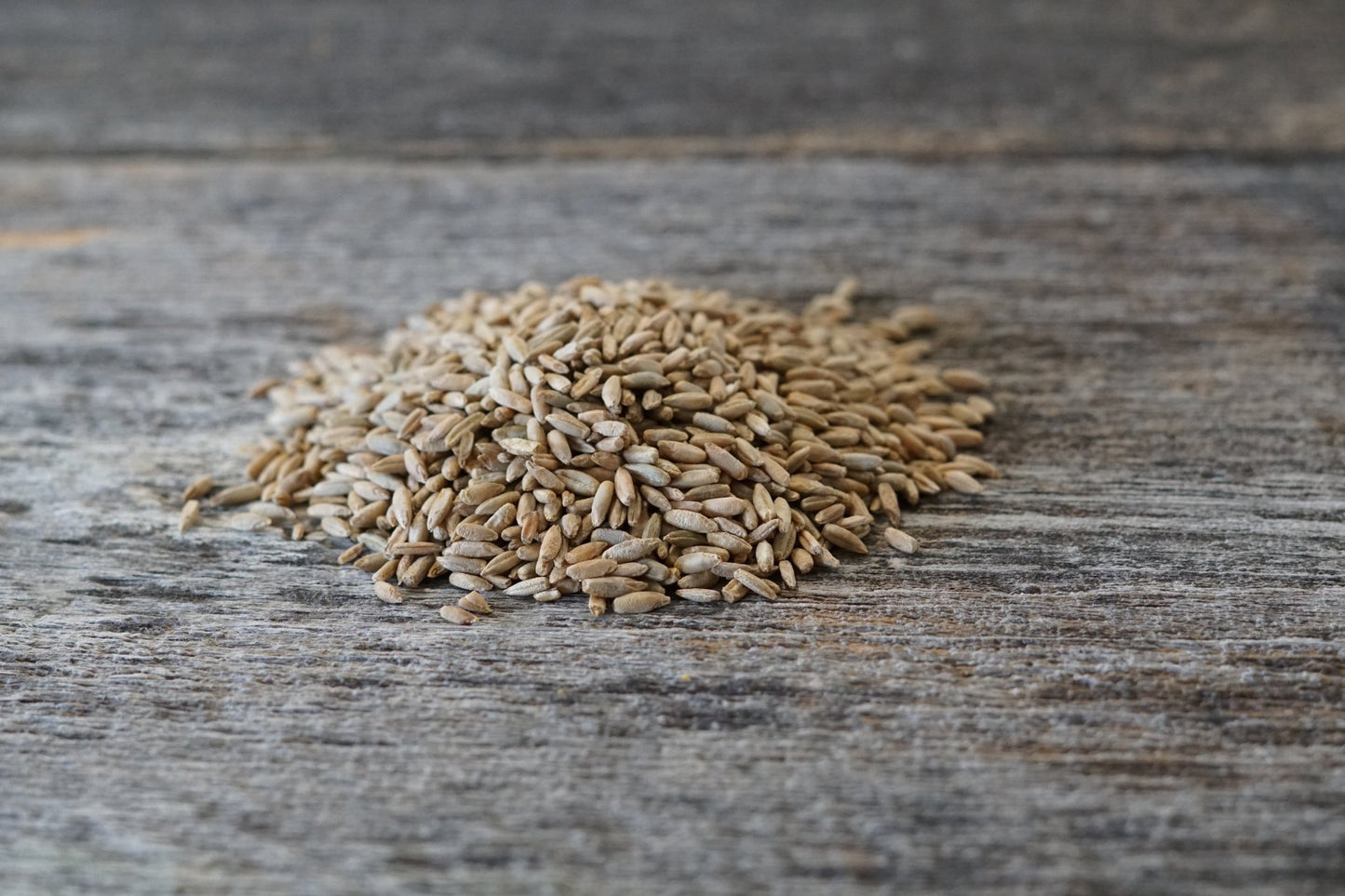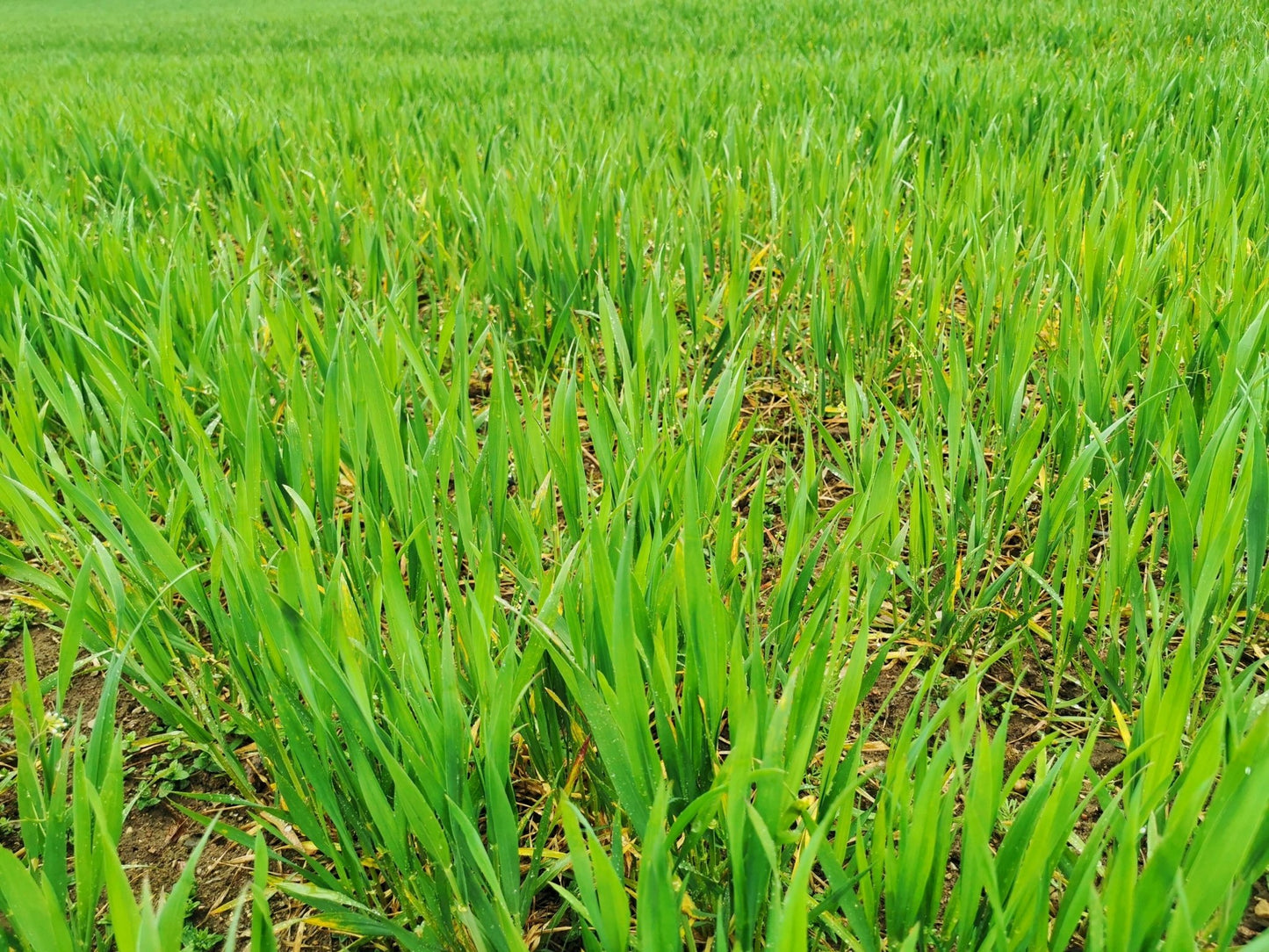1
/
of
4
Hale Habitat & Seed
Winter Rye
Winter Rye
Regular price
$90.00 USD
Regular price
Sale price
$90.00 USD
Unit price
/
per
Shipping calculated at checkout.
FREE SHIPPING!
2 reviews
Couldn't load pickup availability
Winter rye is a hardy, cool-season cereal grain that is often used for wildlife food plots, erosion control, and cover cropping. It is valued for its fast growth and ability to provide early-season forage for wildlife. The high-energy seeds are consumed by a variety of species, including deer, turkeys, and small game, especially during the fall and winter months.
Planting Times
- Best Time to Plant: Late summer to early fall (typically mid-August to early September) to allow the rye to establish before the first frost and provide winter forage.
Planting Depth
- Depth: 1 to 1.5 inches deep.
Planting Rates
- Broadcast: 50-60 pounds per acre.
- Drilling: 40-50 pounds per acre.
Days to Maturity
- Maturity: 60 to 90 days depending on environmental factors and growing conditions. Winter rye can be harvested or grazed earlier if desired, but the grain typically matures in late spring or early summer.
Height at Maturity
- Mature Height: Typically 24 to 36 inches, but can reach up to 4 feet in favorable conditions.
Drought Tolerance
- Winter rye has moderate drought tolerance, though it will thrive in environments with regular moisture. It can handle short dry spells but may not perform as well during prolonged droughts.
Saturated Soil Tolerance
- Saturated Soil Tolerance: Winter rye has moderate tolerance for wet conditions but performs best in well-drained soils. It is commonly used in areas with heavy rainfall but can struggle in waterlogged soils over long periods.
Shade Tolerance
- Rye can tolerate some shade but grows best in full sunlight. It performs optimally in open areas where sunlight can penetrate.
Fertilization Guidelines and Needs
- Nitrogen: Winter rye has a moderate nitrogen requirement. Applying 30-50 pounds of nitrogen per acre can help promote healthy growth, especially on nutrient-poor soils.
- Phosphorus & Potassium: Rye responds well to phosphorus and potassium, which aid root development and overall growth. Conduct a soil test to assess the need for these nutrients.
- pH: Rye prefers soils with a pH between 6.0 and 7.0. Lime may be needed for acidic soils.
Herbicide Use for Winter Rye
- Winter rye is relatively tolerant of herbicides but still requires careful management.
- Pre-emergence Herbicides: Use herbicides that are labeled as safe for rye, especially when managing weeds.
- Post-emergence Herbicides: After rye establishment, use herbicides like 2,4-D or other selective herbicides for weed control. Always follow label instructions for application rates and timing.
- Weed Management: Rye is excellent at outcompeting weeds due to its rapid growth, but some weed management may be necessary during early growth stages.
Share




K
Kenny Lunsetter Winter Rye
J
Jeff Grandcolas Growing nicely despite lack of rain in the Midwest.
Thanks for your review Jeff!




